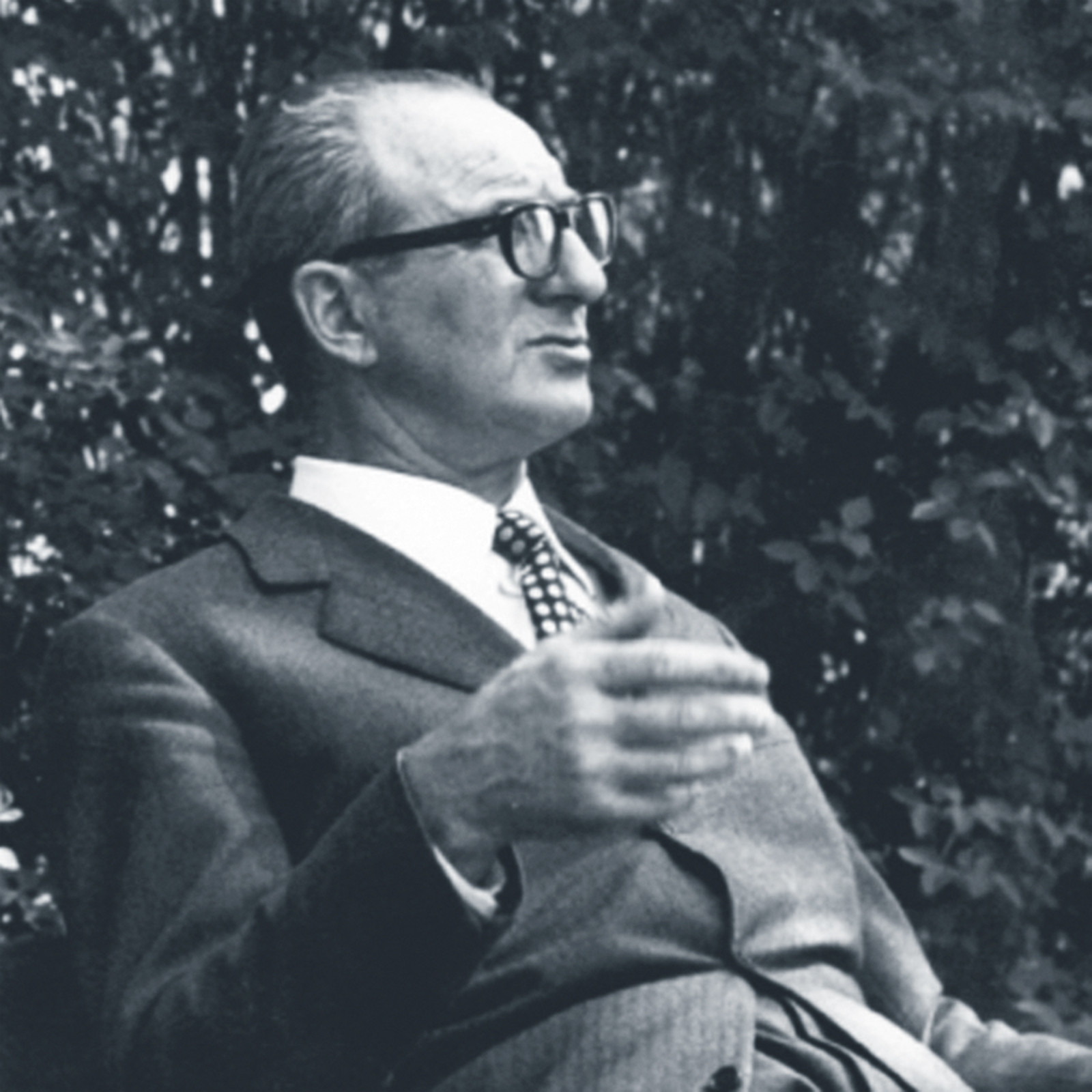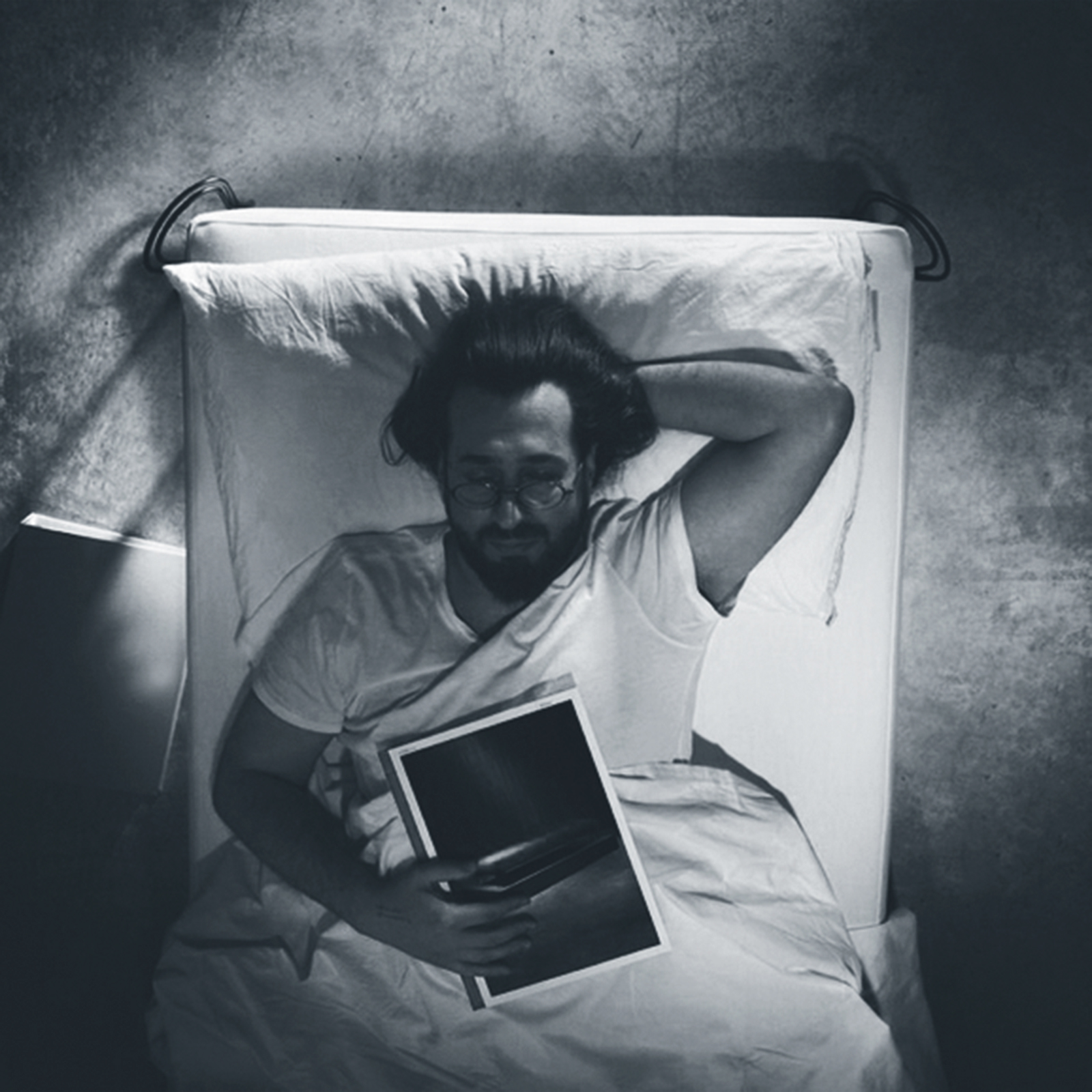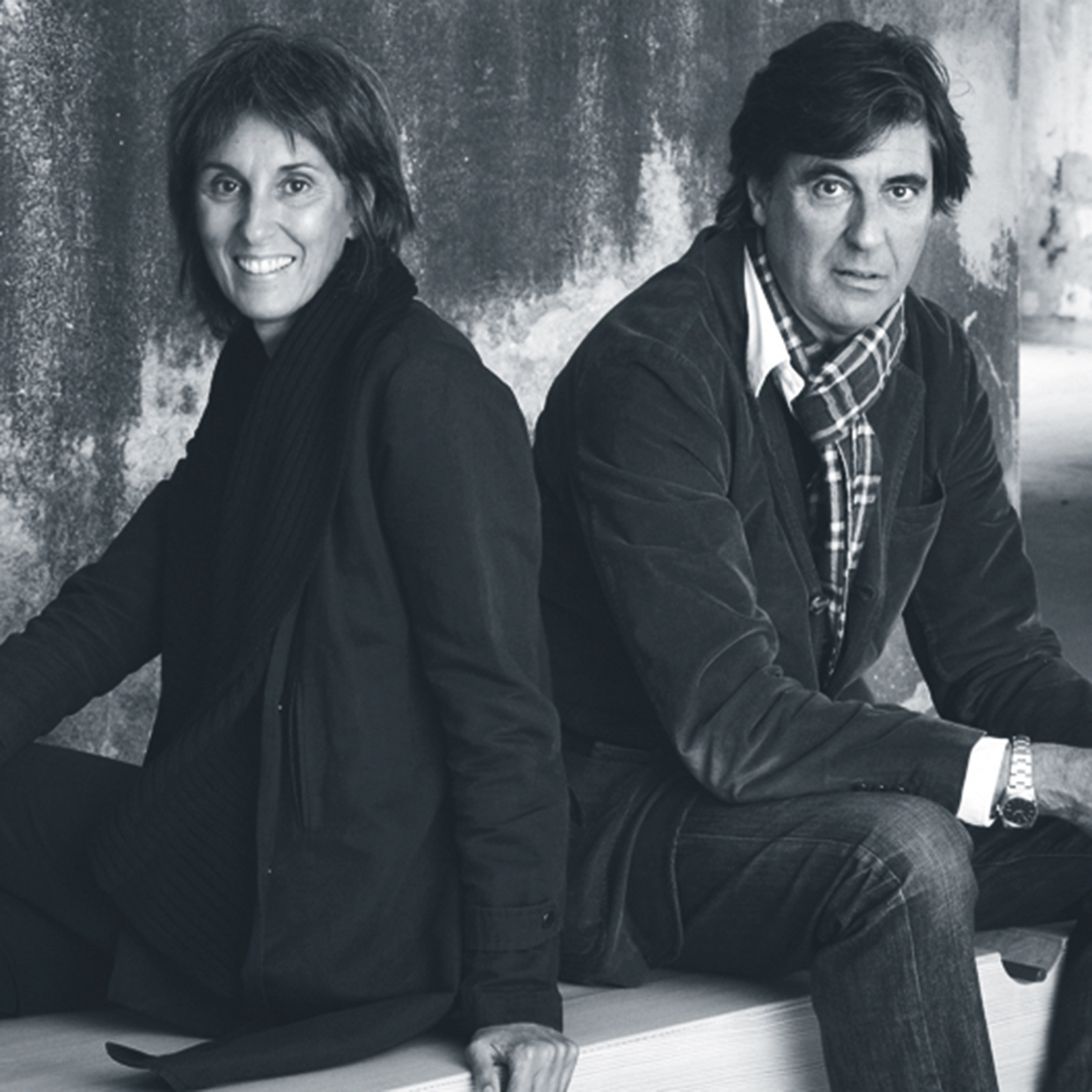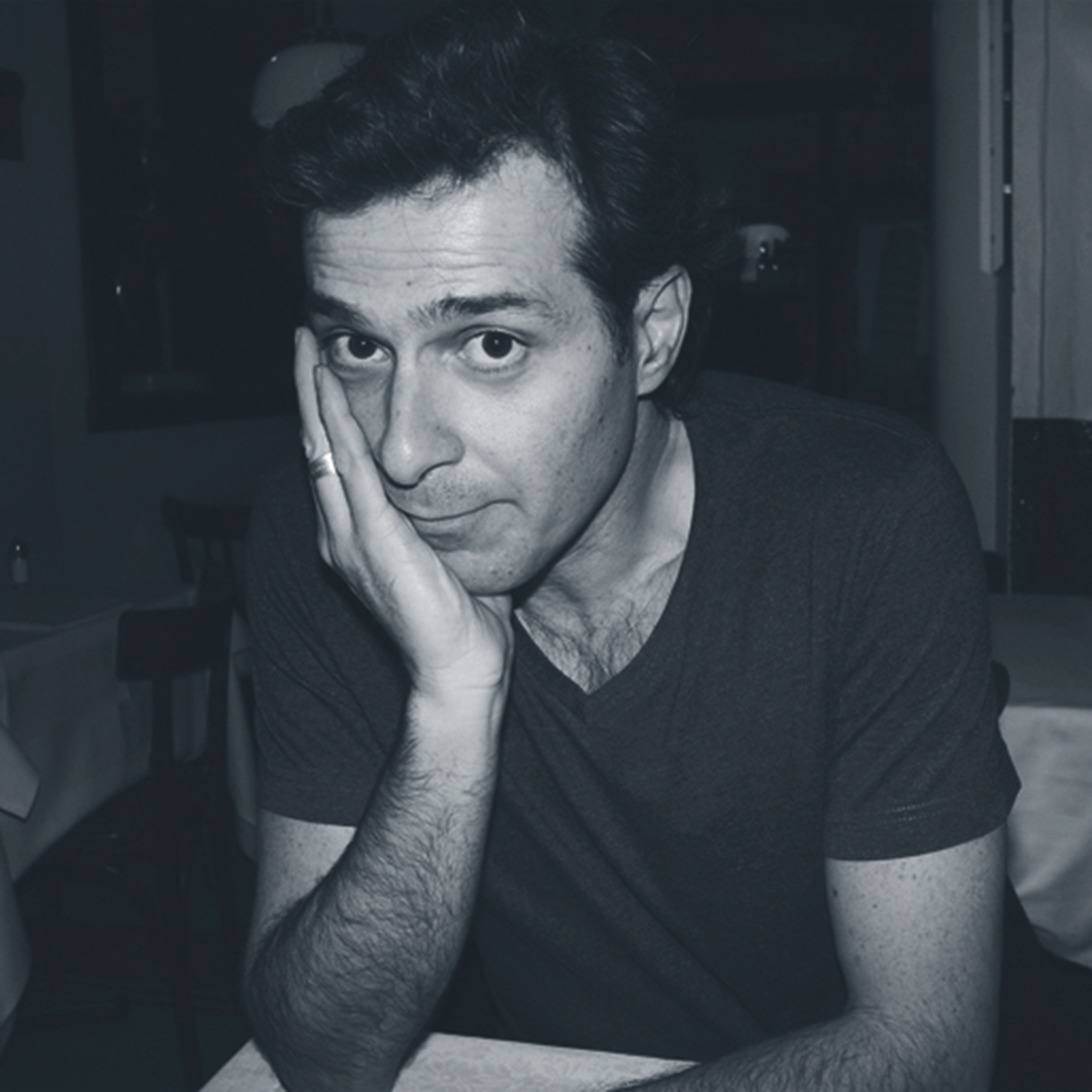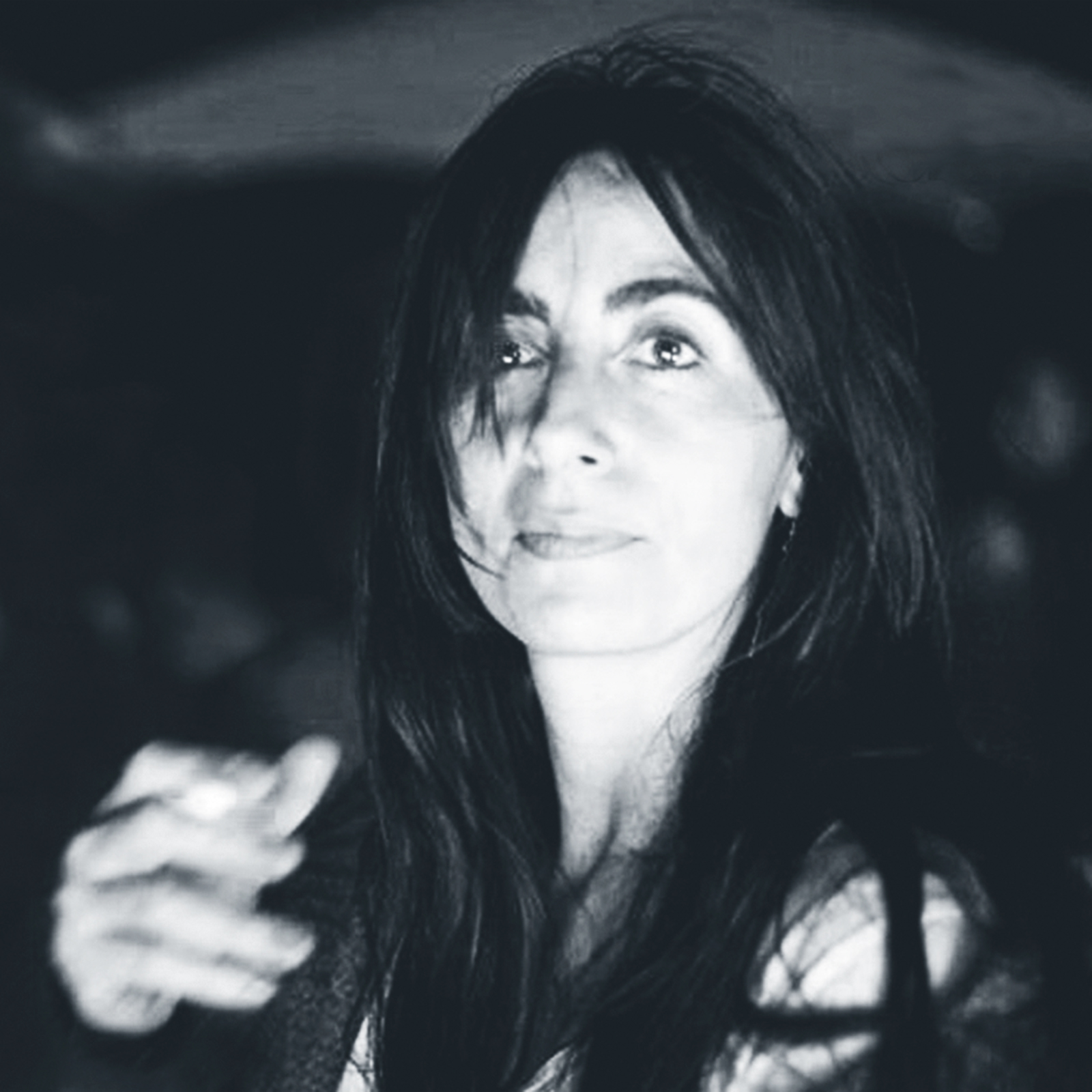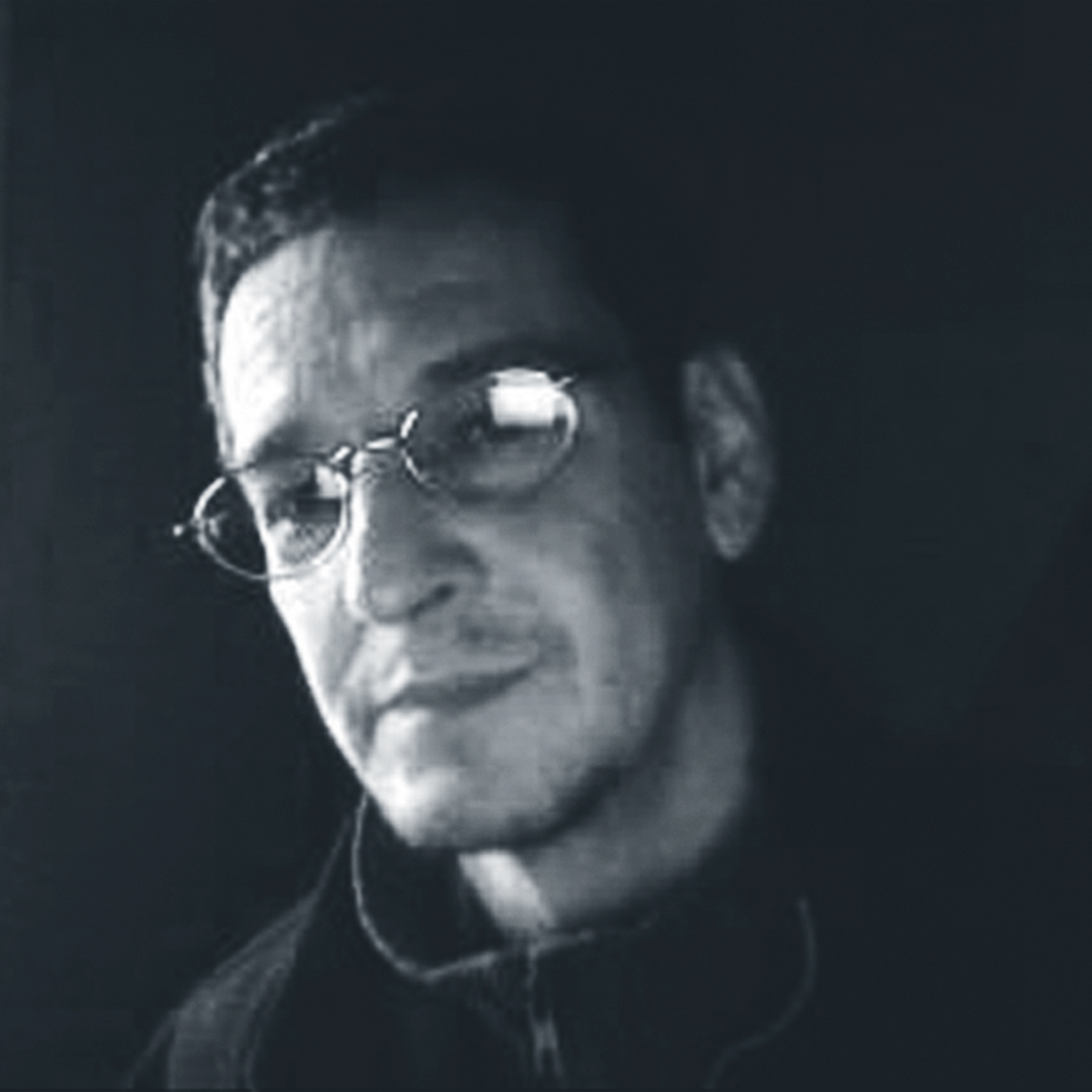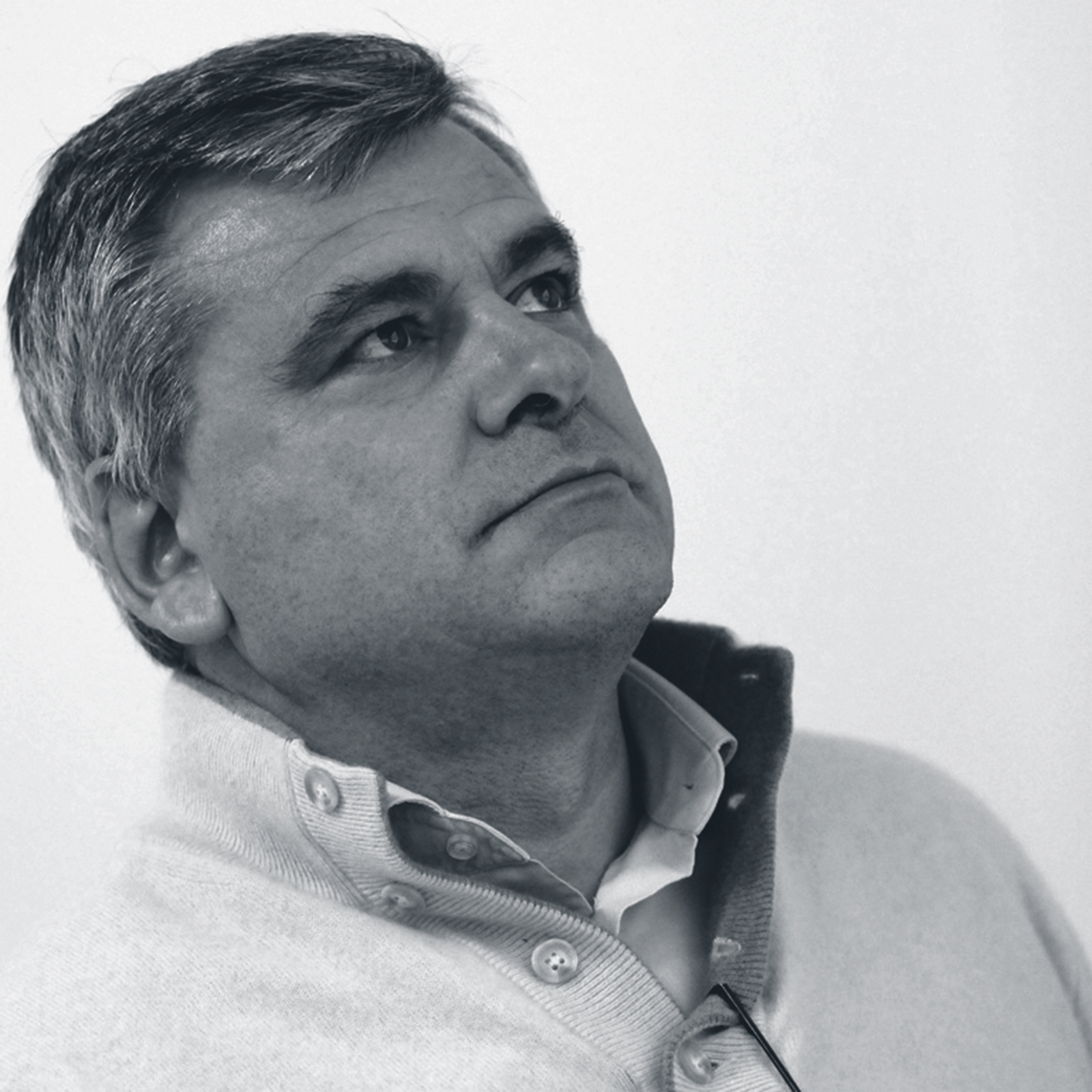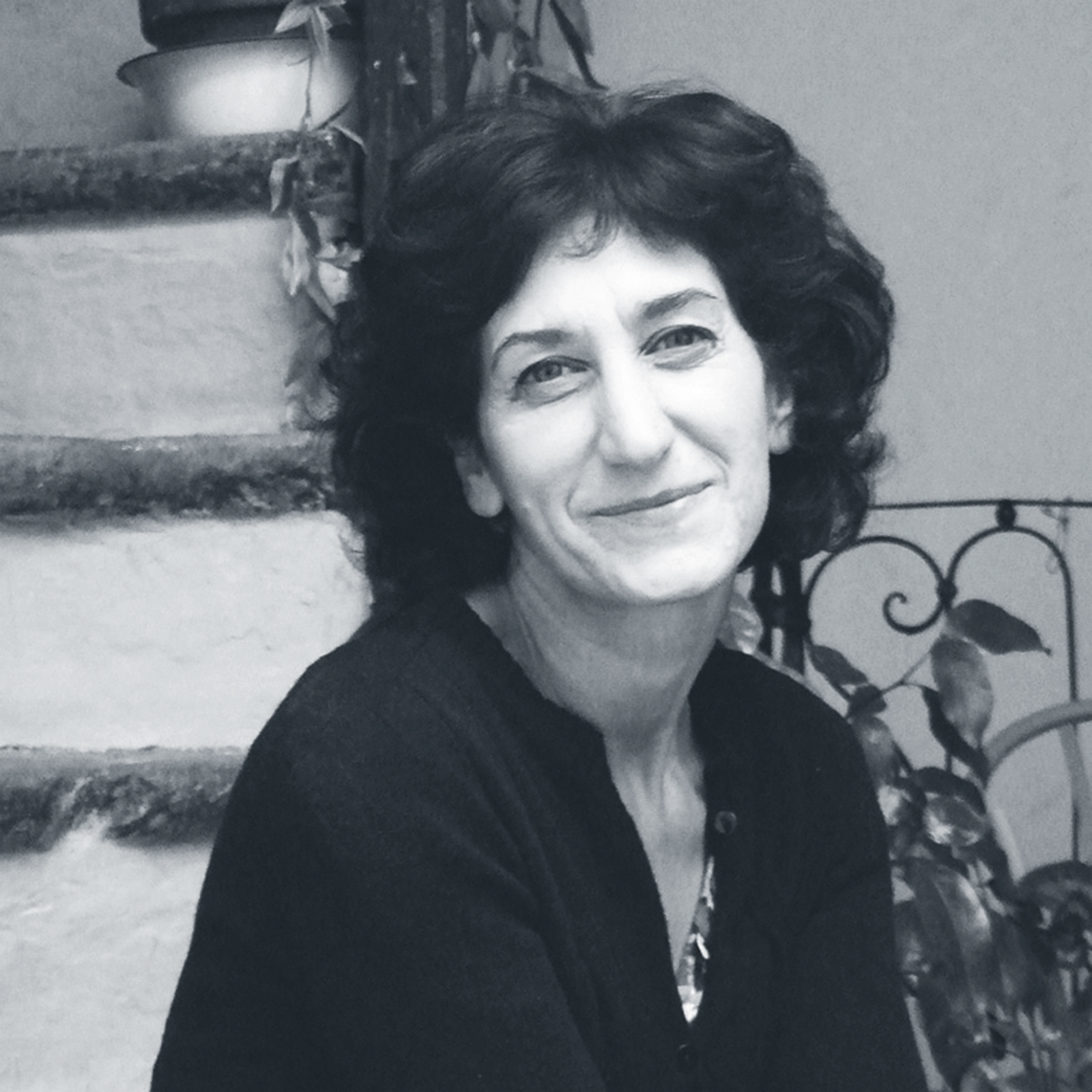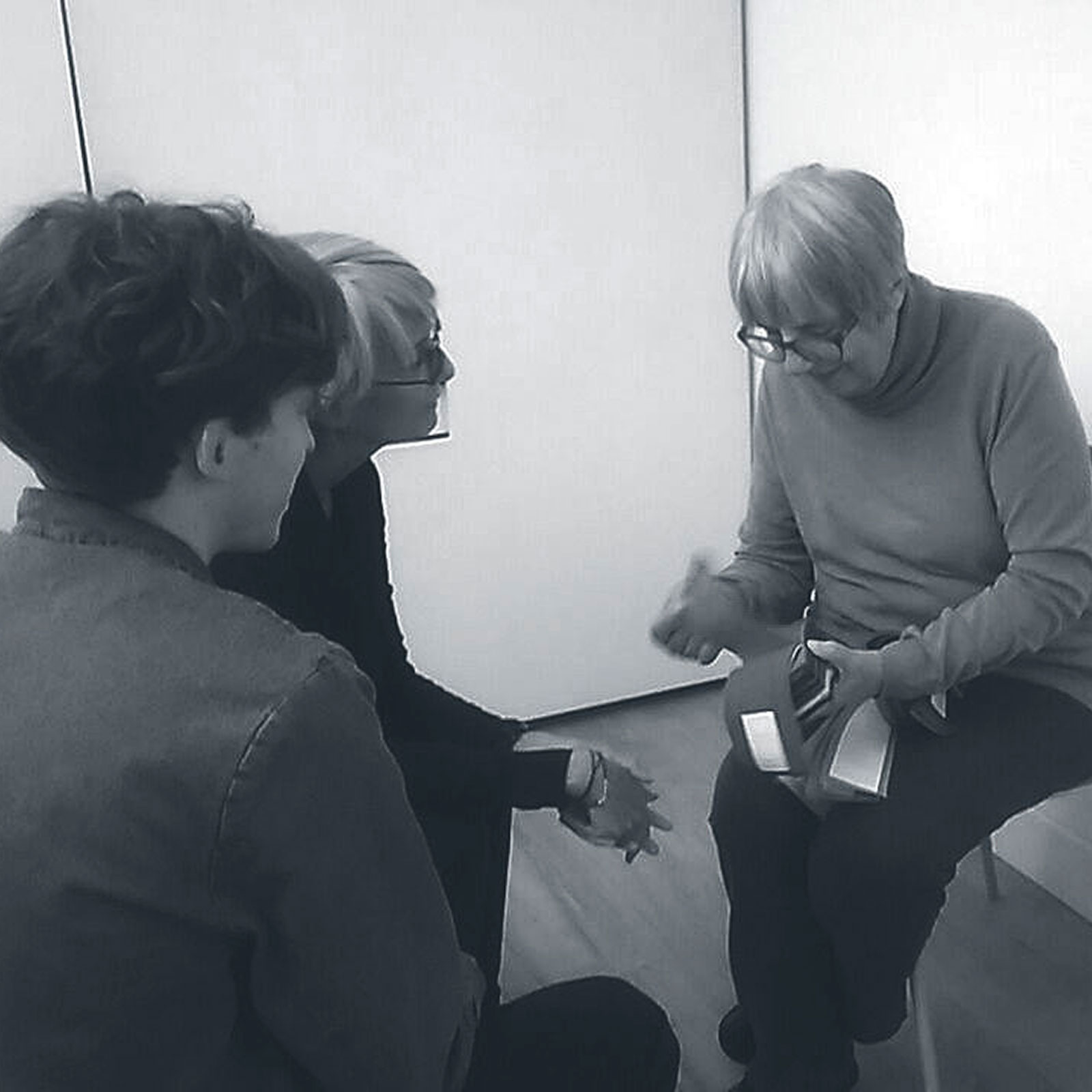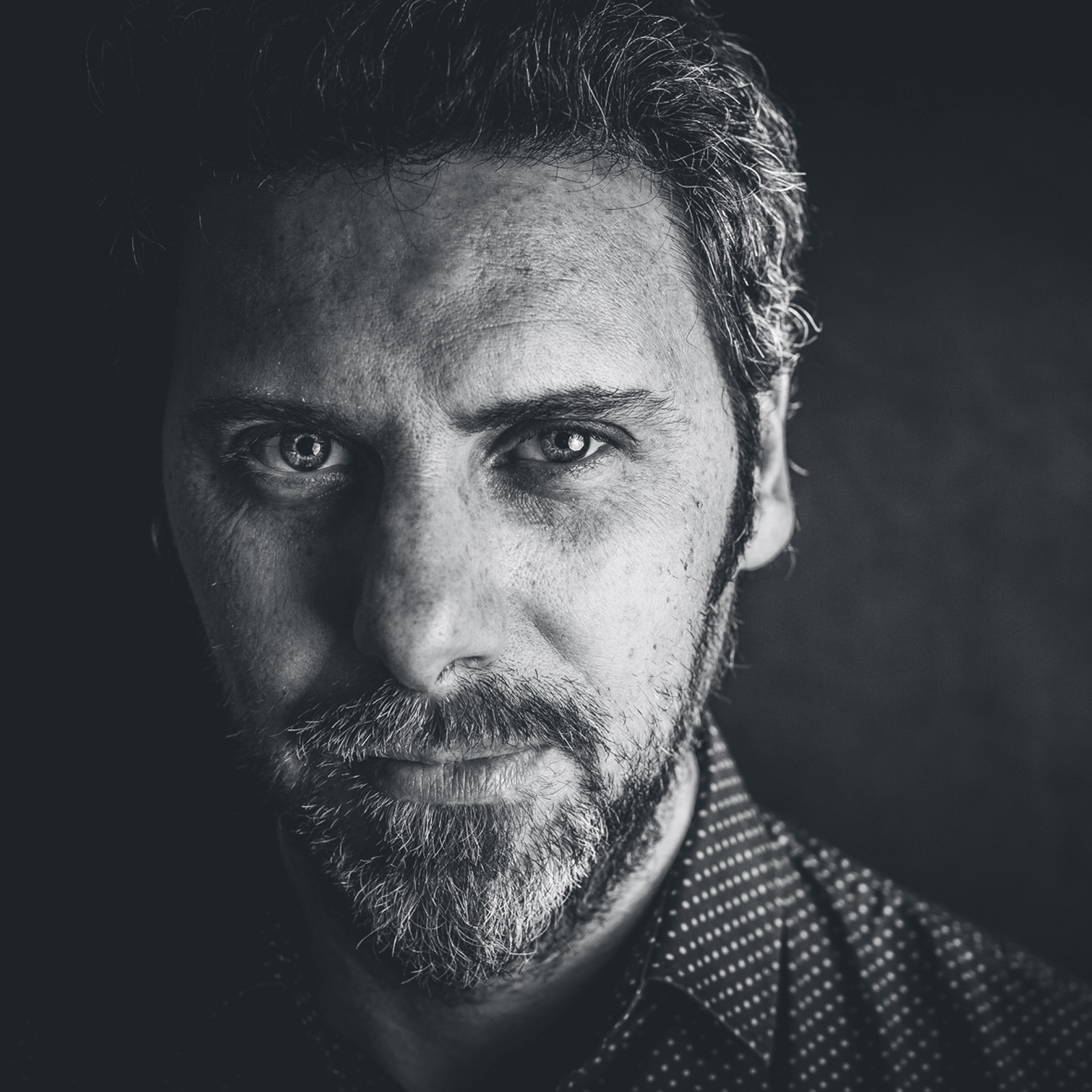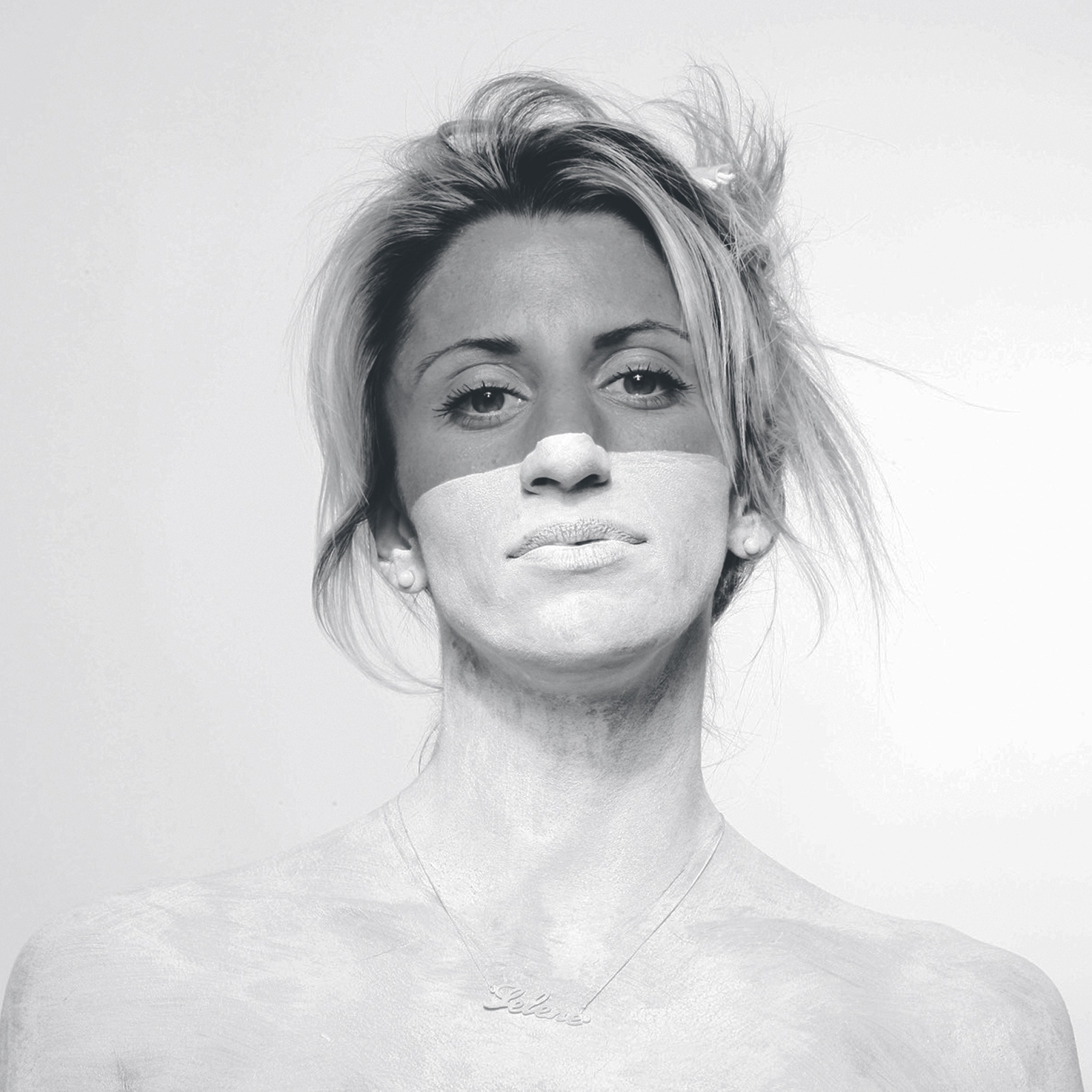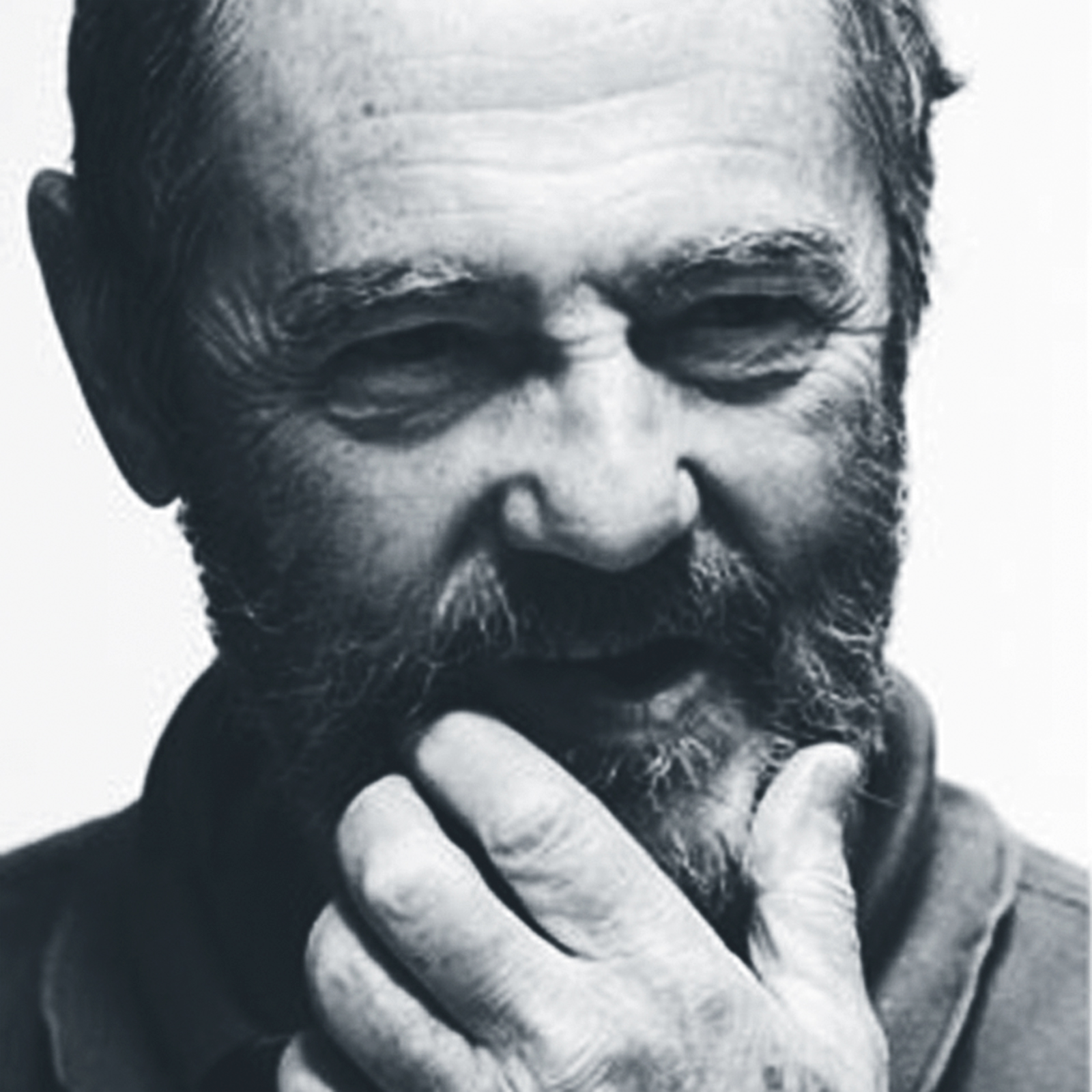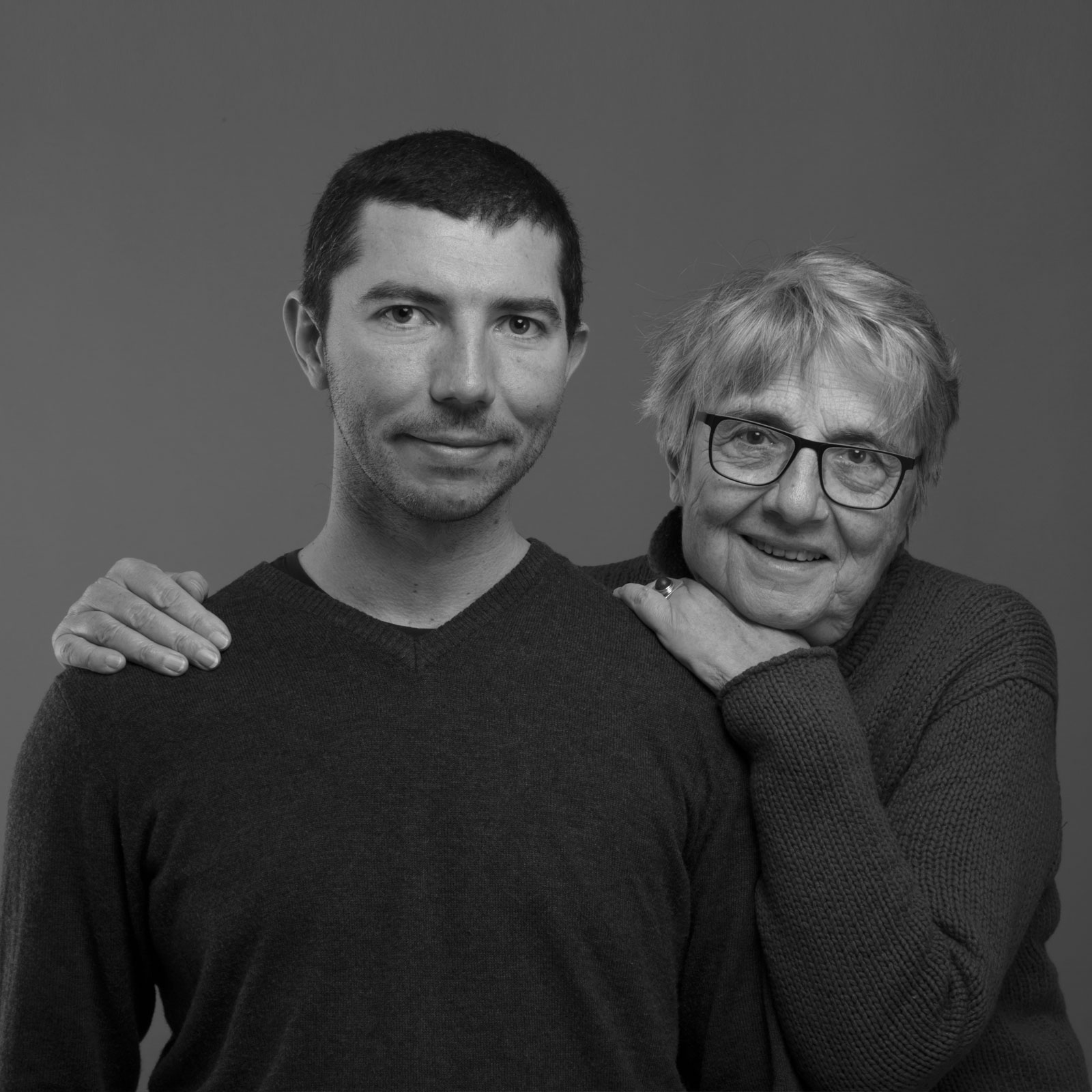Designers
Cesare Cassina
Cesare Cassina was born in Meda on 10 February 1909. At 18, after a long apprenticeship in Milan that qualified him as a fully trained upholsterer, he started working with his brother Umberto – 9 year his senior, a man of strong character and natural entrepreneurial talents, whom Caesar always held in great esteem and deeply admired. Immediately after the war, the Cassina brothers decorate the most beautiful passenger ships of public and private shipyards in Genoa, starting from Andrea Doria and all the way to Costa fleet. It was the encounter with Gio Ponti that structured the model which was later followed by all design firms: the company, without neglecting their focus on the handmade, begins to offer designers their technical skills and launches series production. Cassina becomes the place where maestro discovers his ideas and creates iconic projects such as his chairs 646 and Superleggera.
The era of Industrial Design began and Cesare Cassina worked with all of the top designers of the ear: Franco Albini, Ico Parisi, Carlo De Carli, Gianfranco Frattini, Angelo Mangiarotti, Afra and Tobia Scarpa, Mario Bellini and Vico Magistretti, the Castiglioni brothers, Archizoom, Alessandro Mendini, Gaetano Pesce and Toshiyuki Kita. Open to research and innovation, Cassina sensed that the most avant-garde and provocative ideas of the day were to become the classics of tomorrow. Future prospects were perceived with the equal importance of the past: and so, in 1965 Cesare Cassina began a philological work for the rediscovery of the Modern Movement, basing his collection I Maestri (The Masters) on the works of Le Corbusier, Pierre Jeanneret and Charlotte Perrianad, Frank Lloyd Wright, Gerrit Thomas Rietveld, Charrles Rennie Mackintosh and Gunnar Asplund. In 1962, Cesare Cassina teams up with Dino Gavina and decides to enter the lighting sector. They contact Sergio Gandini and found Flos. In 1966, to give life to an even larger line of furniture, together with Piero Busnelli he opens another company in the fertile district of Brianza, C&B (now B&B Italia).
Ron Gilad
Ron Gilad ( Tel Aviv 1972) now lives and works in Tel‐Aviv after spending 10 years in New York. Ron Gilad’s hybrid objects combine material wit with aesthetic play. They sit on the fat, delicious line between the abstract and the functional. His works deal with the relationship between the object and its function, questioning our perceptions. Varying from one‐off to limited editions and production pieces, the works have no “expiration date” and reside in both public and private collections worldwide. Gilad asks unceasing questions in 3D form and fabricates answers that create an arena for fertile doubt. Metaphorically, Gilad is a linguist, creating his own language. He learns the origins of “words” and develops “synonyms”.
Baldessari e Baldessari
Baldessari e Baldessari, architects and designers
The architecture and design studio founded by Giulio, Paolo and Michela Baldessari is a professional partnership active in the field of architecture, industrial and visual design, and interior design.
It has several in-house workgroups and collaborates with an extensive network of external consultants. It has taken care of exhibitions in Italy and abroad. It develops research activities and participates in competitions and exhibitions.
It is currently undertaking public and private projects in the residential, corporate and industrial sectors, restoring historic and period buildings and interior design projects, in addition to collaborating with companies in the design sector like Riva 1920, Pallucco, Adele c, cc-tapis, De Castelli, Atipico, Twils, Starpool, Luce di Carrara, Egizia, Lagoon.
It received awards and mentions of merit in 1984 in the “”An Italian chair for the US”” contest, in 1991 at the “”Alcan Prize for the use of aluminium in the built environment”” and at the international Trau competition for the design of a Workstation.
In 2007, it won 1st place in the Competition for new experimental outdoor furniture at Sun Rimini 2007.
The Pida Prize 2013 – hotel concept section and the Pida Award 2014 “Pida Friends”.
In 2015 it won first prize in “”One more pack”” – creative packaging design – and the “Italy that communicates with packaging” prize.
Miltos Manetas
Miltos Manetas, born in Athens in 1964, is a painter and multimedia artist. He attended the Fine Arts Academy of Brera, in Milan, where he began his career in the 1980s with a personal exhibit at the Fac-simile Gallery. His work has been displayed in some of the world’s most prestigious galleries, foundations and museums, including the Gagosian and Yvon Lambert galleries, the Fondation Cartier, the MoMA PS1 and Venice Biennale, and is present in distinguished private collections.
Agata Monti
Agata Monti (Livorno, 1973) lives and works in Castiglioncello, Tuscany. Her research on art and craftsmanship is rooted in the tradition of shipbuilding carpentry. The constant challenges posed by the sea to boat engineers have led her along a research path based on minimalism, recovery and poetry. Her work approaches transversally the art and design of ordinary objects. Agata Monti’s objects are about the balances and fine lines that exist between them, a limit that can sometimes be overstepped but remains imperceptible, invented, impenetrable.
Mario Airò
Mario Airò (Pavia, 1961) lives and works in Milan. Mario Airò’s work emerges from what the artist calls “a rambling,” intended as the experience of one who moves and speaks through things encountered, avoiding any type of intellectual or formal closure. His works stem from a broad range of cultural references that include literature, film, art history, and elements of everyday life, which he composes into a network of new, intentionally ambiguous relationships that invite the viewer to look at the real world from a new perspective. Airò’s poetics, which emphasize formal and cultural cross-fertilization, often include music as an important element of the work.
Marco Ferreri
Marco Ferreri was born on February 26, 1958 in Imperia and graduated in architecture in 1981 at the Polytechnic of Milan, city where he lives and works. He’s a creative, able to compete with undiminished enthusiasm between design, architecture, furniture, graphic design, art, performance, teaching. Maintaining a strong consistency with his poetic, playful and structured. In the balance between past and present, Marco Ferreri ranks as a hinge in the middle between the great masters of the past and the new generations who are passionate about technology. His experiments are exposed to the Permanent Design Collection of the Museum of Modern Art in New York and the Israel Museum in Jerusalem, in the Collection of the National Fund for Contemporary Art in Paris and in private collections.
Patrizia Bertolini
Patrizia Bertolini studied Art and graduated in Design from the ISIA of Rome. She designs furniture and interior accessories working with companies in this sector, and operates in interior and exhibit design. She exhibited in various art and design galleries, and participated in numerous national and international cultural events and trade shows. She won some national and international awards ( t.a. 1° Young &Design 1997/1998, 1° Premio Morelato 2012), and many acknowledgements including the selection to the XIX and XXIV Premio Compasso d’Oro. Between 1989 and 2001 she cooperated with Christof Burtscher (Burtscher&Bertolini) focusing study and research efforts on wood technology applied to design. She conducts teaching activities within the design sector.
Alessandro Zambelli
Alessandro Zambelli (Mantua, 1974) after several years in Milan, chose the Mantua countryside as a place to live and work: a territory rich in history, in references and atmosphere that is a continual inspiration for his work. The design work of Alessandro Zambelli speaks a new language – imaginary and real at the same time – maintaining and rediscovering the memory of a deep-seated remembrance: from which “sensitive objects”, are born, enveloped in a subtle irony and capable of embodying powerful poetic traits, which leads to very simple gestures and sensations that are familiar to us; objects that can establish a dialogue with those who choose them, each time creating different narratives, sometimes surprising and unexpected. The designs of Alessandro Zambelli are industrial productions or manual experiments: two different types of approach that converge in the same design philosophy, where often one intersects another and vice-versa; they have attained numerous awards, including the European Consumer Choice 2011, the NYIGF Award 2012, the ADI Award for Innovation 2014, the Interior Innovation Award 2015 and the Premio dei Premi 2015, established by the President of the Italian Republic. The designer has exhibited his work in Europe, USA, China, Korea and Japan.
Selene Tunesi
Selene Tunes was born in Milan in February 1983. Strongly connected to Made in Italy, creative project research method is sensitive, encompassing both aesthetics and functionality, pursuing a dynamic attitude of continual movement as a source of inspiration and design. After completing a five-year Bachelor Degree in Product Design at the Polytechnic of Milan, stimulating collaborations were undertaken with ADELE-C, FLOS and HI-FUN on furnishing elements, technological accessories and fashion. Important work experience in Holland in the MARCEL WANDERS studio where she nurtured her personal passion for poetic and magical designing, discovering the strength and professional satisfaction of working in a dynamic and international design team following projects for Alessi, Baccarat, B&B and KLM. In the MARCELLO ZILIANI studio she collaborated on the creation of balanced and functional products, involved in projects for Casprini, Fontana Arte, Opinion Ciatti, Fantini, Domitalia. Selected in 2013 at the SALONE SATELLITE with her own stand, in 2014 at the Natura Donna Impresa event and in 2015 she was one of the winners of the Maker Design Awards in the Milan HOMI exhibition, she proposed a common Concept whose main theme is a double life and function to be discovered in each product, an alter ego that shines light on new interactions with the object and its multiple functionalities. Also as a freelancer she herself produced some of her most ambitious projects.
Marco Brunori
As soon as he had finished his degree Marco Brunori went to work in Bologna in Gavina’s Studio where he was to learn important lessons in measure and equilibrium. This is where he was to learn that “architecture means making nothing out of place” and that “the Classical is a constant state of mind for the true artist”. His fascination for all things with reflective surfaces led him to design several pieces for Dino Gavina which where then manifactured by Simon and Ultramobile. He works in the field of urban planning, architecture, exhibit and design, and his design and teaching research have been published in several architecture magazines. Specularity is his constant, the reflecting surface the field on which he prefers to play. He teaches, has held classes at the Architecture’s Faculty at the University of Rome “La Sapienza”.
In 2018 he designed a bold collection of mirrors for Adele Cassina.
Tobia Scarpa
Tobia Scarpa works in the field of architecture, design and restoration. In 1969 he earned a degree in architecture form the Università di Venezia and the same year he won the ‘Compasso d’Oro’ award. For his work as designer, he received many other awards. Some of the objects he has designed are exhibited in the most important museums worldwide. In the architecture field he works with public and private clients such as the Benetton Group for whom he designed the entire industrial complex. Since 2002 Scarpa has taught in the Design Department of the Istituto Universitario di Architettura in Venice. In October 2004 the Istituto Italiano di Cultura hosted a one-person exhibition of his work in the fields of architecture and design in Chicago, Los Angeles and Washington. In 2008 he celebrated his career with a “Compass d’oro” award.
Piero De Martini
Piero De Martini was born in 1939 in Milan, where he currently lives and works. Architect and designer, he is also a musicologist and pianist by passion. After graduating in architecture in 1964 at the Politecnico in Milan, together with the profession in the field of residential construction and conservative restoration, he began to collaborate with some of the leading Italian design companies. For Cassina, with whom he collaborated for fifteen years, he presented, among other projects, the innovative La Barca modular system: a structure of elements in natural ash that, depending on the composition, allows the creation of sofas, tables and beds. His passion for musicology, developed in parallel with his architectural profession, converges in three books, the last , Le Case della Musica, was published in 2018 by Il Saggiatore. Dedicated to the spiritual journey of the author in the residences that saw the birth and growth of the most important composers, the volume becomes the occasion for De Martini to use his architectural sensibility in order to propose an original intimate reeading of the lives of the great musicians.
Simone Crestani
A craftsman even more than an artist, Simone Crestani learned to love glass at an early age, getting to know its delicate language of strength and fragility, patience and incandescence, thanks to his experience at Massimo Lunardon’s glassworks; it was here that he honed his approach to the material through the blown lampworking technique and his profound dedication to the craft.
Introspective and selftaught, over time he gathered up his experience and what he had been taught, opening his own workshop after ten years of apprenticeship in order to develop his innovation and expressive research in a personal manner. Since 2010, Atelier Crestani has been the place where the artist/craftsman feeds his creative universe on a daily basis with poetic visions which celebrate all the energy and vital force of nature: a mysterious and fascinating world, in which wonder rules and we are captivated by the artist’s creative poetics and expressive talent.
An artist and designer as well as a master glass blower, Simone Crestani brings a contemporary reinterpretation to an artisan tradition and an occupation whose most important centre of production has been the area around Venice since ancient times. His lampwork in borosilicate glass uses an innovative technique, which Simone himself describes as hollow sculpting, that allows him to create large works which nevertheless incorporate the smallest details. By pushing the material to its limits and becoming one with it, the artist continues his very personal expressive search for beauty and the poetics of form, in an infinite ode to nature’s spell, its fragility and wonder.
